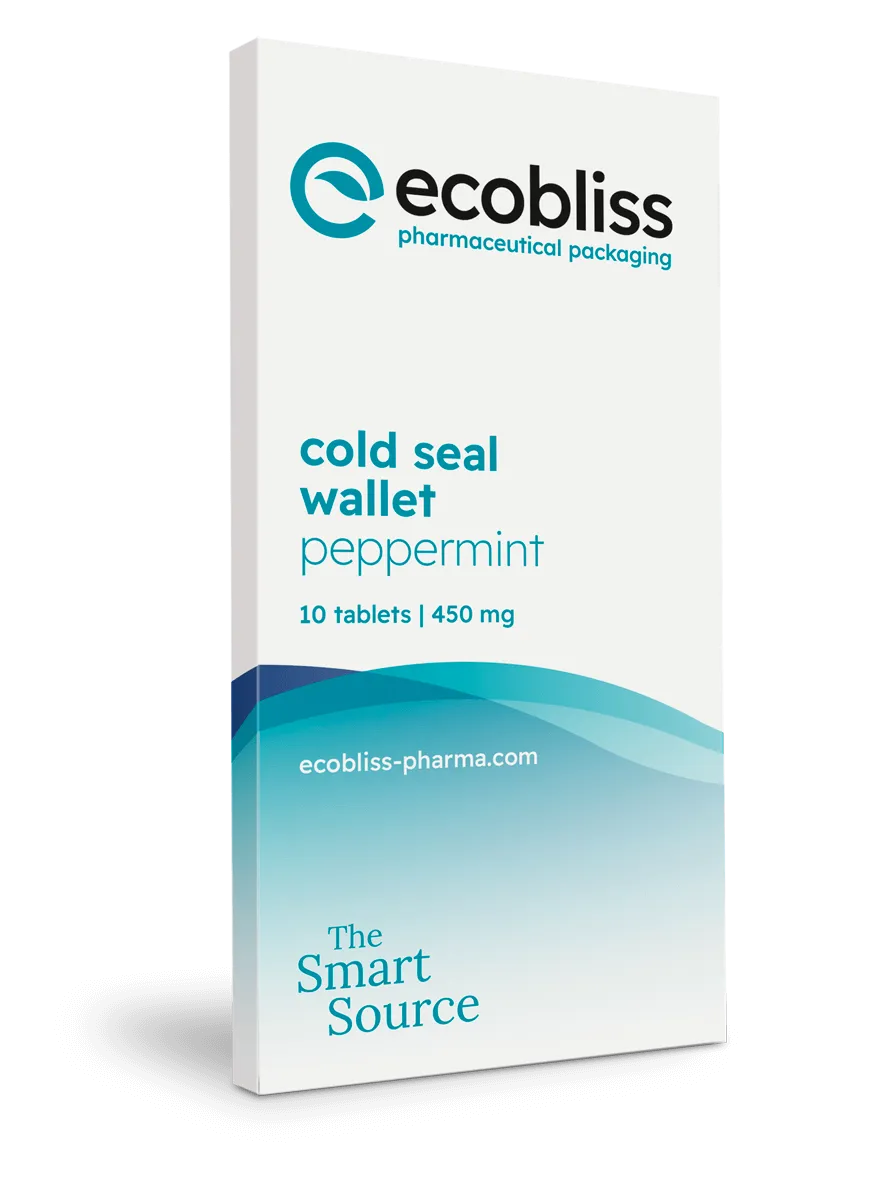What is senior friendly packaging exactly?
Senior friendly packaging refers to thoughtfully designed packaging solutions that accommodate age‑related challenges while still maintaining safety and child‑resistant features. Examples of these challenges are reduced dexterity, grip strength, and vision. In practice, this means implementing ergonomic closures , high‑contrast labeling, easy-tear blisters, and clear, legible instructions. According to industry tests, successful designs allow at least 90 % of older adults to open packaging within 5 minutes. This highlights the balance between accessibility and security.
The importance of senior friendly packaging
Ensuring packaging is senior-friendly requires careful consideration and carries both ethical and business significance. When selecting packaging attributes for a medicine or chemical product, factors such as patient health and physical capabilities play a key role. Is the patient a relatively healthy adult, or do they have limited dexterity and strength? The package must function effectively throughout treatment and allow for environmentally responsible disposal. Well-designed, senior friendly packaging helps older consumers remain independent, confident, and adherent to their medication regimens. This reduces the risk of unsafe practices like using scissors or improper storage. At the same time, it must maintain child-resistant features to prevent accidental ingestion. By investing in ergonomic testing and inclusive design, companies improve patient outcomes. Furthermore, they align with regulatory expectations on accessibility, support sustainable life-cycle management, and demonstrate social responsibility. All while ensuring products are safe, practical, and usable for one of the fastest-growing demographic groups.
Why senior friendly packaging should also be child resistant
Packaging design is a balancing act, especially for products like medicines that require both accessibility for adults and security against curious children. While some items should be easy to open, others need to be challenging to prevent accidental ingestion. Statistics from emergency departments and poison control centers reveal that children aged 2-4 are particularly vulnerable to accidental poisonings. This fact highlights the importance of (senior) friendly and resistant packaging solutions that protect our youngest. All while ensuring that adults can access necessary products without difficulties.
The challenges faced by seniors
Child Resistant Certification testing includes evaluating how easily most adults can open packaging for medicines and household chemicals. "Most adults" refers to healthy individuals without impairments. However, as people age, they are often prescribed more medications, and many develop arthritis or conditions that affect motor skills. This makes it difficult to open packaging like medicine bottles or prescription drug vials. Additionally, deteriorating vision can further complicate access. For some, quick access to medication is crucial. Especially in cases of acute pain where fast relief depends on being able to easily open the package and self-administer the dose.
Inadequate packaging solutions and their consequences
If a patient has their mental faculties, it is important that they are able to dispense and take their own medications. When the packaging is difficult for adults to open, they may use the following methods to make it more convenient:
1. Opening multiple doses and then placing in non-Child Resistant 7-day pill pack containers.
2. Opening and then placing medicine loose on the countertop, kitchen table or nightstand.
3. Opening and then placing unsecured medicine in the car or purse.
4. Removing the medicine from a hard to open bottle and putting the contents in another container.
Alternatively, a few other problematic outcomes may occur as a result of packaging being too difficult to open.
1. Patient does not take prescribed medication if assistance is unavailable, which is thus one of the factors that reduces patient adherence.
2. Patient crushes or otherwise damages the medication while trying to access in an incorrect way, wasting some or the entire dose.
3. Patient injures themself by utilizing scissors, sharp objects and other inappropriate means to open.
Much can happen in an individual’s home, so a good design can help promote proper and safe use of dangerous products. Contact us for more information about senior friendly packaging!
Request a free sample now!









